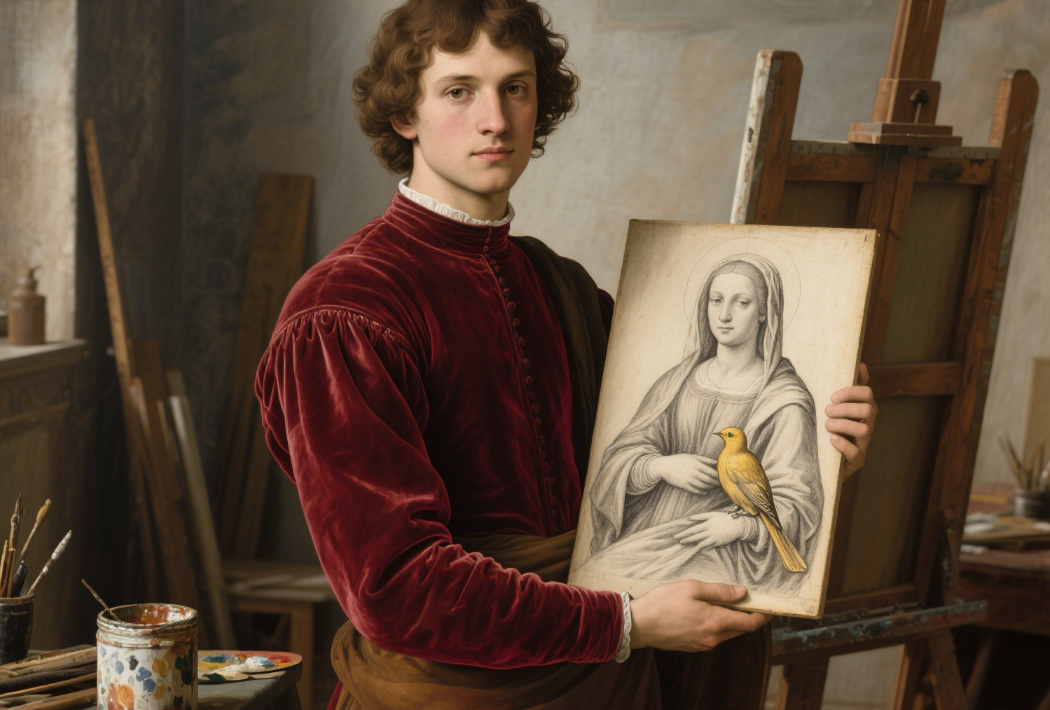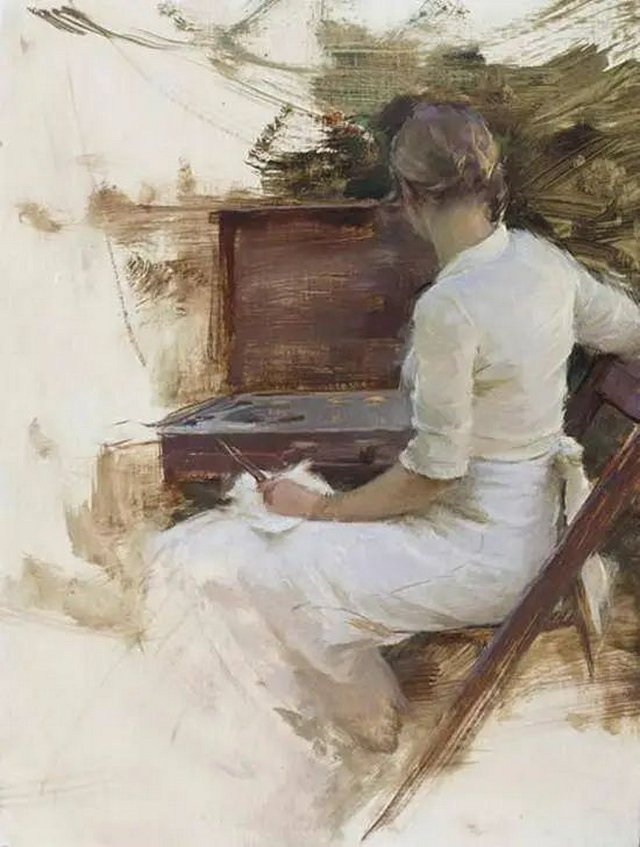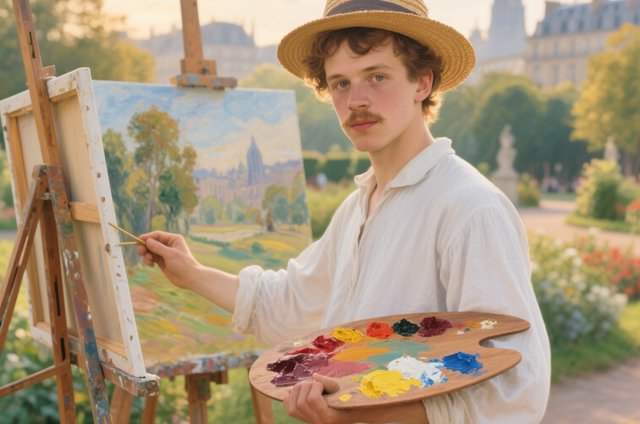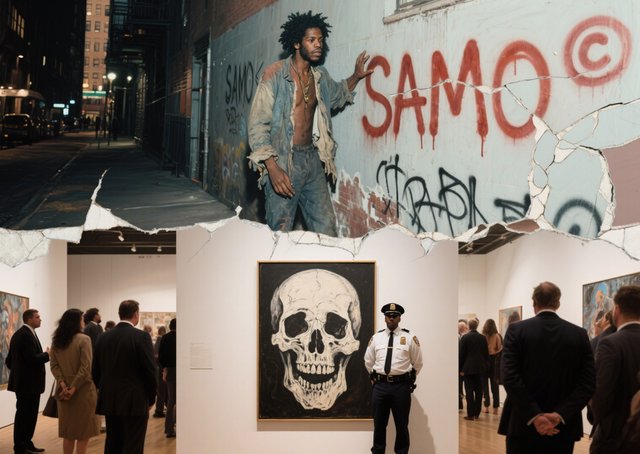The Renaissance Master Who Perfected Oil Painting – His Life, Works & Techniques

Raphael Sanzio da Urbino—known simply as Raphael—stands alongside Leonardo da Vinci and Michelangelo as one of the Renaissance’s “Big Three.” Born in 1483 in Urbino, Italy, he lived just 37 years, but his impact on Oil painting is eternal. He didn’t just create art; he perfected balance, beauty, and emotional depth in every brushstroke.
Early Life: A Prodigy’s Beginnings
Raphael’s artistic talent emerged early, thanks to his father, Giovanni Santi, a respected painter and poet. By age 11, after his father’s death, Raphael was already helping run his family’s workshop, mastering basic drawing and tempera painting. At 17, he moved to Perugia to study under Pietro Perugino, a leading artist of the time.
Perugino taught Raphael the fundamentals of composition and color, but the young artist quickly surpassed his teacher. His early works, like The Marriage of the Virgin (1504), showed a maturity beyond his years—soft colors, balanced figures, and a sense of calm that would become his signature. By 1504, Raphael left Perugia for Florence, where he would encounter the works of Leonardo and Michelangelo, and his style would evolve dramatically.
Florence: Shaping a Renaissance Vision
Florence was a hub of artistic innovation in the early 1500s, and Raphael soaked up every influence. He studied Leonardo’s Mona Lisa for its subtle sfumato (soft blending) and Michelangelo’s Sistine Chapel ceiling for its dynamic figures. But Raphael didn’t copy—he merged these styles into something uniquely his own.
In Florence, he painted a series of Madonna portraits, including Madonna of the Goldfinch (1505). These works featured gentle, human-like Madonnas, with soft facial features and warm, glowing colors. Unlike the stiff religious figures of earlier eras, Raphael’s Madonnas felt relatable, as if they could step off the canvas. He used oil paints to create smooth, layered glazes, giving skin tones a lifelike warmth that was revolutionary.
Rome: Reaching Artistic Peak
In 1508, Pope Julius II invited Raphael to Rome—a move that would define his career. The pope commissioned him to decorate the Vatican’s Stanze di Raffaello (Raphael Rooms), a series of frescoes that would showcase his mastery of both oil and fresco techniques. Among these, The School of Athens (1511) is a masterpiece of composition.
Though The School of Athens is a fresco, Raphael’s oil painting skills shone in other Roman works, like Sistine Madonna (1513–1514). This piece uses oil’s versatility to create soft, flowing fabrics and tender expressions. The Madonna’s robe, painted with thin, transparent glazes, shimmers, while the baby Jesus’s skin has a delicate, almost porcelain-like texture. Raphael’s ability to balance grandeur with intimacy made this work a classic.
Iconic Works: Raphael’s oil painting masterpieces
Raphael’s oil works are celebrated for their harmony, color, and emotional resonance. Below is a breakdown of three key pieces:
| Work | Year | Key Oil Painting Technique | Why It’s a Classic |
|---|---|---|---|
| Madonna of the Goldfinch | 1505 | Soft glazes for skin tones | Blends Leonardo’s sfumato with Raphael’s own gentle style, creating a timeless religious scene. |
| Sistine Madonna | 1513–1514 | Transparent glazes for fabric | Captures both divinity and humanity, with colors that feel warm and alive. |
| Portrait of Baldassare Castiglione | 1514–1515 | Subtle color transitions | A perfect example of Renaissance portraiture, with a calm, introspective mood. |
Each of these works demonstrates Raphael’s core belief: art should be balanced, beautiful, and true to human emotion. He used oil paints to soften edges, blend colors seamlessly, and create depth that draws viewers in.
Practical Tips: How to Paint Like Raphael
Raphael’s techniques are timeless—here’s how modern Artists can apply them to their oil paintings:
Focus on balance in composition: Raphael’s works are perfectly symmetrical. Start by sketching a grid on your canvas, then place key figures at the intersections (a trick called the “golden ratio”). For a Madonna-style portrait, center the main figure and add smaller elements (like angels or flowers) to frame them.
Master soft color blending: Raphael avoided harsh contrasts. Mix your colors with a small amount of white to lighten them, then apply thin layers with a soft brush. For skin tones, blend peach, yellow, and a touch of red—build up layers slowly to avoid mud.
Use glazes for depth: Raphael relied on transparent glazes to add warmth. After your base layer dries, mix a small amount of oil paint with a medium (like linseed oil) to create a glaze. Apply it over areas like fabric or hair to add shine and dimension.
Legacy: Raphael’s Impact on Oil Painting
Raphael died in 1520, but his influence lived on. Artists for centuries—from the Baroque masters to 19th-century academic painters—studied his works for their composition and color. He set a standard for “ideal beauty” in oil painting, proving that art could be both technically perfect and emotionally moving.
Today, his works hang in museums around the world, drawing millions of viewers who marvel at their grace. For artists, Raphael’s legacy is a reminder: oil painting isn’t just about skill—it’s about creating harmony between form, color, and feeling.
As Raphael once said, “The greatest gift of a painter is to make his work look effortless.” His life’s work achieved that—and more. He turned oil painting into a language of beauty, one that still speaks to us today.




